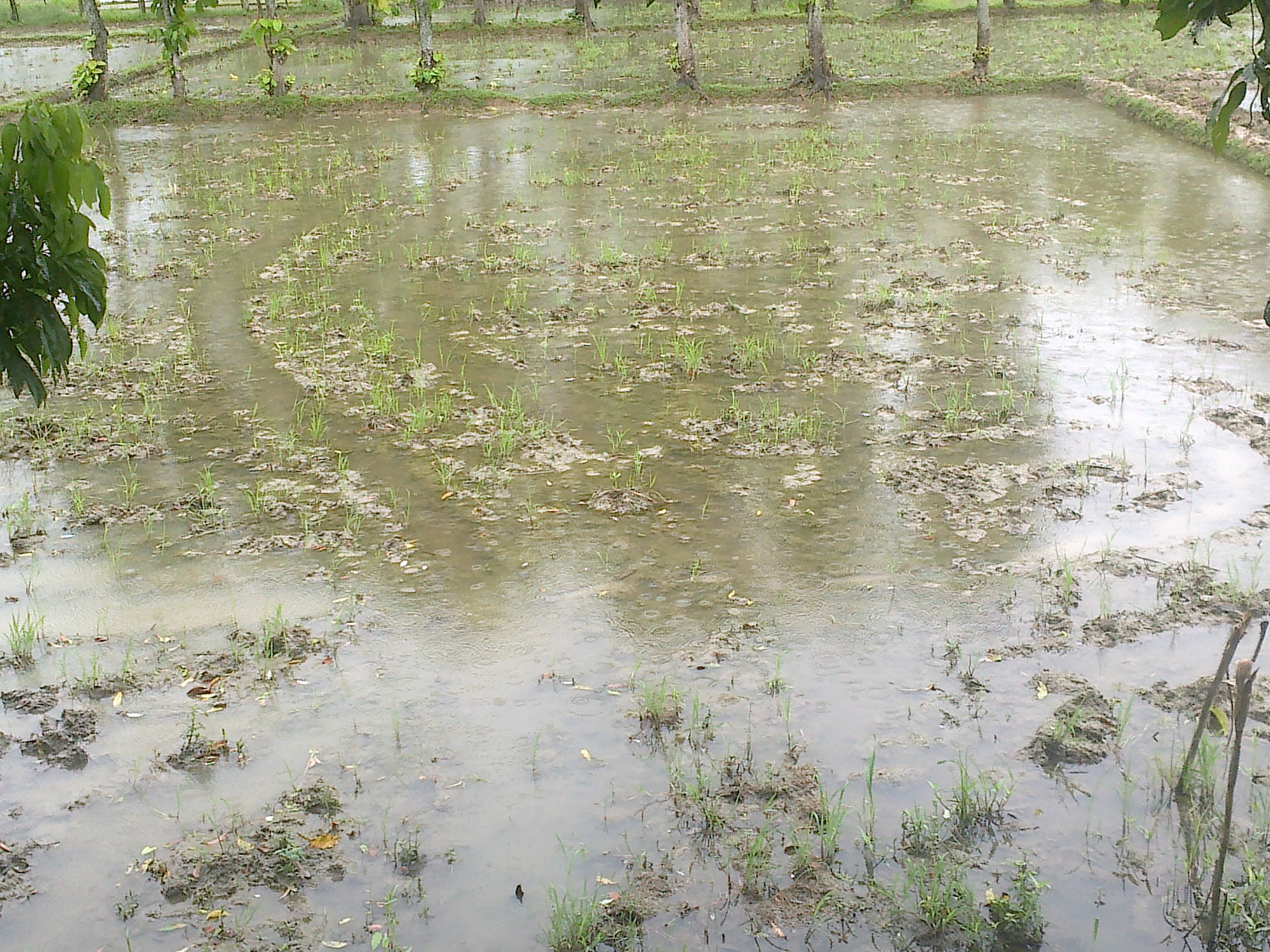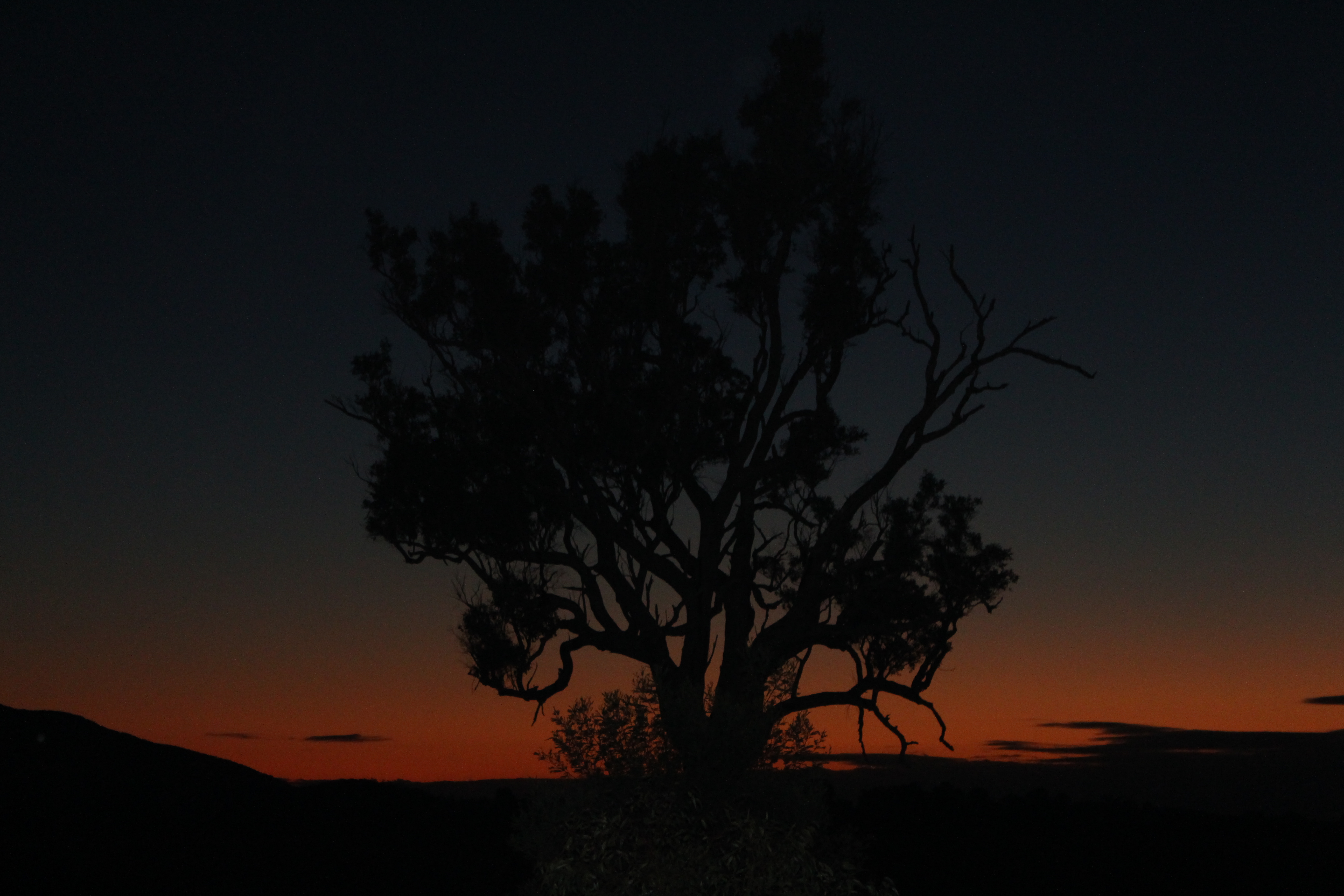|
Bundarra-Barraba Important Bird Area
The Bundarra-Barraba Important Bird Area lies in the Northern Tablelands of north-eastern New South Wales, Australia. It is important for the conservation of the endangered regent honeyeater and is classified as an Important Bird Area (IBA) by BirdLife International. Description The 3500 km2 IBA is roughly bounded by the towns of Bundarra, Barraba, Kingstown and Manilla, and their connecting roads. It is characterised by a mix of eucalypt woodlands and farmland. Birds The IBA supports the second-largest population of the regent honeyeater as well as significant numbers of the near threatened diamond firetail The diamond firetail (''Stagonopleura guttata'') is a species of estrildid finch that is endemic to Australia. It has a patchy distribution and generally occupies drier forests and grassy woodlands west of the Great Dividing Range from South .... References Important Bird Areas of New South Wales Northern Tablelands {{NewSouthWales-geo-stub ... [...More Info...] [...Related Items...] OR: [Wikipedia] [Google] [Baidu] |
Kingstown, New South Wales
Kingstown is a rural village, north west of Uralla on the Northern Tablelands in the New England region of New South Wales, Australia. At the 2006 census, Kingstown had a population of 137 people. It has a public school, church, general store, Landcare Group and New South Wales Rural Fire Service. The main industries are sheep and beef cattle breeding with some timber production. Location The village is at the end of the sealed Uralla to Kingstown Road. Originally the main north road went from Tamworth through Bendemeer to Kingstown and then to Bundarra. Warrabah National Park is about 15 km to the west, but there is very limited access from the Kingstown side. It lies next to the Bundarra-Barraba Important Bird Area which is important for the conservation of the endangered regent honeyeater. History The Loopanda Aboriginal people occupied this area long before the arrival of the first European settlers. After several years of petitioning the village was gra ... [...More Info...] [...Related Items...] OR: [Wikipedia] [Google] [Baidu] |
Diamond Firetail
The diamond firetail (''Stagonopleura guttata'') is a species of estrildid finch that is endemic to Australia. It has a patchy distribution and generally occupies drier forests and grassy woodlands west of the Great Dividing Range from South East Queensland to the Eyre Peninsula in South Australia. While it is a small stocky bird it is one of the largest finches in Australia. The birds are very distinctive with a black breast-band on a white breast. The flanks are black with white spots and it has a scarlet rump (hence the name) and a black tail. Taxonomy The family Estrildidae (grass-finches) was named by Swainson in 1827 and "finch" can be traced back to the Old English ''finc'' but its origin is debated. Firetail is now used to describe the three species of ''Stagonopleura''. The red-browed finch (''Neochmia temporalis'') is no longer considered a firetail even though it has a red rump. The diamond firetail has also been known as the "spotted finch (Lewin 1808), spotted ... [...More Info...] [...Related Items...] OR: [Wikipedia] [Google] [Baidu] |
Near Threatened
A near-threatened species is a species which has been categorized as "Near Threatened" (NT) by the International Union for Conservation of Nature as that may be vulnerable to endangerment in the near future, but it does not currently qualify for the threatened status. The IUCN notes the importance of re-evaluating near-threatened taxon at appropriate intervals. The rationale used for near-threatened taxa usually includes the criteria of vulnerable which are plausible or nearly met, such as reduction in numbers or range. Near-threatened species evaluated from 2001 onwards may also be ones which are dependent on conservation efforts to prevent their becoming threatened, whereas before this conservation-dependent species were given a separate category ("Conservation Dependent"). Additionally, the 402 conservation-dependent taxa may also be considered near-threatened. IUCN Categories and Criteria version 2.3 Before 2001, the IUCN used the version 2.3 Categories and Criteri ... [...More Info...] [...Related Items...] OR: [Wikipedia] [Google] [Baidu] |
Farmland
Agricultural land is typically land ''devoted to'' agriculture, the systematic and controlled use of other forms of lifeparticularly the rearing of livestock and production of cropsto produce food for humans. It is generally synonymous with both farmland or cropland, as well as pasture or rangeland. The United Nations Food and Agriculture Organization (FAO) and others following its definitions, however, also use ''agricultural land'' or as a term of art, where it means the collection of: * ''arable land'' (also known as ''cropland''): here redefined to refer to land producing crops requiring annual replanting or fallowland or pasture used for such crops within any five-year period * '' permanent cropland'': land producing crops which do not require annual replanting * ''permanent pastures'': natural or artificial grasslands and shrublands able to be used for grazing livestock This sense of "agricultural land" thus includes a great deal of land not devoted to agricultural use. T ... [...More Info...] [...Related Items...] OR: [Wikipedia] [Google] [Baidu] |
Woodland
A woodland () is, in the broad sense, land covered with trees, or in a narrow sense, synonymous with wood (or in the U.S., the '' plurale tantum'' woods), a low-density forest forming open habitats with plenty of sunlight and limited shade (see differences between British, American, and Australian English explained below). Woodlands may support an understory of shrubs and herbaceous plants including grasses. Woodland may form a transition to shrubland under drier conditions or during early stages of primary or secondary succession. Higher-density areas of trees with a largely closed canopy that provides extensive and nearly continuous shade are often referred to as forests. Extensive efforts by conservationist groups have been made to preserve woodlands from urbanization and agriculture. For example, the woodlands of Northwest Indiana have been preserved as part of the Indiana Dunes. Definitions United Kingdom ''Woodland'' is used in British woodland management t ... [...More Info...] [...Related Items...] OR: [Wikipedia] [Google] [Baidu] |
Eucalypt
Eucalypt is a descriptive name for woody plants with capsule fruiting bodies belonging to seven closely related genera (of the tribe Eucalypteae) found across Australasia: ''Eucalyptus'', '' Corymbia'', '' Angophora'', '' Stockwellia'', '' Allosyncarpia'', '' Eucalyptopsis'' and ''Arillastrum''. Taxonomy For an example of changing historical perspectives, in 1991, largely genetic evidence indicated that some prominent ''Eucalyptus'' species were actually more closely related to ''Angophora'' than to other eucalypts; they were accordingly split off into the new genus ''Corymbia''. Although separate, all of these genera and their species are allied and it remains the standard to refer to the members of all seven genera ''Angophora'', ''Corymbia'', ''Eucalyptus'', ''Stockwellia'', ''Allosyncarpia'', ''Eucalyptopsis'' and ''Arillastrum'' as "eucalypts" or as the eucalypt group. The extant genera ''Stockwellia'', ''Allosyncarpia'', ''Eucalyptopsis'' and ''Arillastrum'' comprise s ... [...More Info...] [...Related Items...] OR: [Wikipedia] [Google] [Baidu] |
Manilla, New South Wales
Manilla is a small town in New South Wales ) , nickname = , image_map = New South Wales in Australia.svg , map_caption = Location of New South Wales in AustraliaCoordinates: , subdivision_type = Country , subdivision_name = Australia , established_title = Before federation , es ..., Australia, located on Fossickers Way 45 kilometres northwest of the regional city of Tamworth, New South Wales, Tamworth and 27 kilometres northeast of the historic village Somerton, New South Wales, Somerton. Manilla is famous for its setting as a fishing and paragliding area. The name Manilla comes from the Gamilaraay language, and is said to mean 'winding river'. Manilla was established in the 1850s at the junction of the Namoi River and the Manilla River. It was formerly the centre of Manilla Shire Local government in Australia, local government area, but this was amalgamated with Tamworth City Council and portions of Parry, Barraba and Nundle Shire Councils to form Tamworth Regiona ... [...More Info...] [...Related Items...] OR: [Wikipedia] [Google] [Baidu] |
Barraba, New South Wales
Barraba is a town in the New England region of northern New South Wales, Australia. It was formerly the centre of Barraba Shire local government area, but most of this, including Barraba, was absorbed into Tamworth Regional Council in 2004. On Census night 2016, Barraba had a population of approximately 1,400 people. It is part of the Bundarra-Barraba Important Bird Area which is important for the conservation of the endangered regent honeyeater. The town was the termination point for the Barraba branch railway line until it was closed. History The Kamilaroi people lived and occupied the Barraba region prior to European settlement. The first white man in area was the explorer and botanist, Allan Cunningham, in 1827. At the same time, he discovered the Manilla River, which he named Buddle's Creek. A land holding named Barraba Station was taken up around 1837 or 1838. In July 1852, the Assistant Surveyor, J. T. Gorman mapped the future townsite. During the 1850s, gold ... [...More Info...] [...Related Items...] OR: [Wikipedia] [Google] [Baidu] |
Northern Tablelands
The Northern Tablelands, also known as the New England Tableland, is a plateau and a region of the Great Dividing Range in northern New South Wales, Australia. It includes the New England Range, the narrow highlands area of the New England region, stretching from the Moonbi Range in the south to the Queensland border in the north. The region corresponds generally to the Bureau of Meteorology forecast area for the Northern Tablelands which in this case includes Inverell although it is significantly lower in elevation. Geography and climate These tablelands are the largest highland area in Australia, covering approximately 18,197 square kilometres. There are widespread high points over 1,000 metres including The Brothers (1,508m), Ben Lomond (1,505m), Mount Rumbee (1,503m), Point Lookout (1,564m), Campoompeta (1,510m), Mount Spirabo (1,492m), Mount Mitchell (1,475m), Chandler's Peak (1,471m), Mount Grundy (1,462m), Mount Bajimba (1,448 m) and the highest point at Round Mounta ... [...More Info...] [...Related Items...] OR: [Wikipedia] [Google] [Baidu] |
Bundarra, New South Wales
Bundarra is a small town on the Northern Tablelands of New South Wales, Australia. The town is located on Thunderbolts Way and on the banks of the Gwydir River, in the Uralla Shire local government area, from the state capital, Sydney. At the , Bundarra had a population of 394 and the surrounding area had 676 persons. History Bundarra is named for the Kamilaroi word for the grey kangaroo. Kamilaroi and Anaiwan people were the earliest inhabitants of the Bundarra area. A local hill nearby Bundarra called "Rumbling Mountain" is the subject of an Aboriginal myth that attempts to explain its periodic rumbling and shaking. Bundarra Station was founded in 1836 by Edward G. Clerk and a hotel and store were established on the future townsite. A church was constructed on the site in 1857 around the same time as the town survey. The old buildings in Bundarra’s main street were constructed between 1860 and 1880. A school was established in 1869, becoming a central sc ... [...More Info...] [...Related Items...] OR: [Wikipedia] [Google] [Baidu] |
BirdLife International
BirdLife International is a global partnership of non-governmental organizations that strives to conserve birds and their habitats. BirdLife International's priorities include preventing extinction of bird species, identifying and safeguarding important sites for birds, maintaining and restoring key bird habitats, and empowering conservationists worldwide. It has a membership of more than 2.5 million people across 116 country partner organizations, including the Royal Society for the Protection of Birds, the Wild Bird Society of Japan, the National Audubon Society and American Bird Conservancy. BirdLife International has identified 13,000 Important Bird and Biodiversity Areas and is the official International Union for Conservation of Nature’s Red List authority for birds. As of 2015, BirdLife International has established that 1,375 bird species (13% of the total) are threatened with extinction ( critically endangered, endangered or vulnerable). BirdLife Internation ... [...More Info...] [...Related Items...] OR: [Wikipedia] [Google] [Baidu] |



